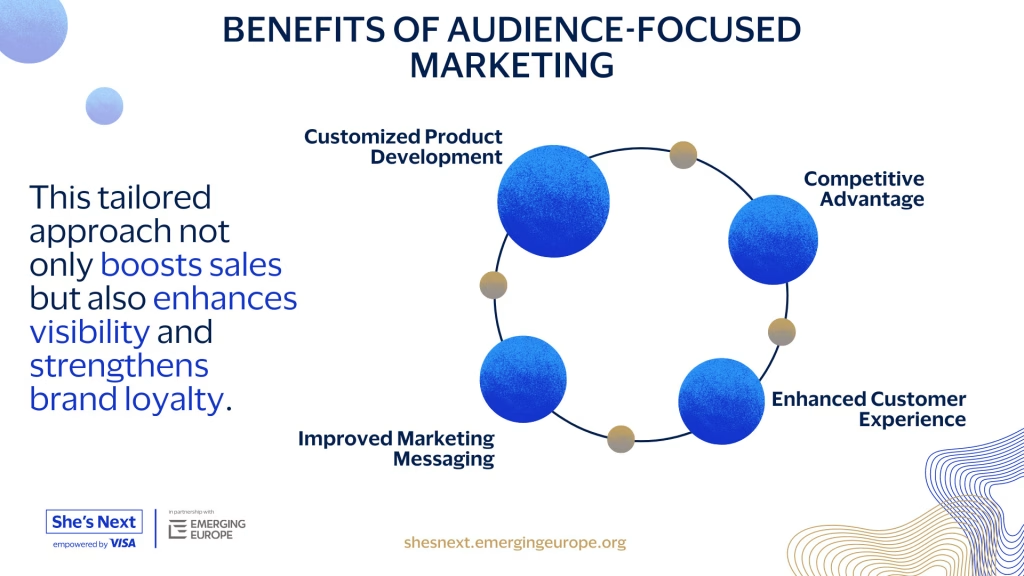
Understanding Your Audience: A Guide to Defining Your Target Audience and Utilising Market Research
Understanding your audience is crucial for marketing triumphs. Without knowing who you’re targeting, your business or service could falter. By truly comprehending your audience, you can tailor your strategies, messages, and promotions to precisely meet their needs, boosting the effectiveness of your products or services.
Audience-focused marketing
When you truly understand your audience, you can tailor your offerings to precisely meet their needs and preferences. This tailored approach not only boosts sales but also enhances visibility and strengthens brand loyalty.
Here’s how a deeper understanding of your audience can add practical value to your business:
Customised Product Development: By understanding your audience’s pain points, preferences, and desires, you can develop products or services that address their specific needs. This customisation enhances the value proposition of your offerings, making them more appealing to your target market.
Improved Marketing Messaging: With insights into your audience’s demographics, behaviours, and motivations, you can craft marketing messages that resonate with them on a deeper level. This targeted messaging increases the relevance of your marketing efforts, leading to higher engagement and conversion rates.
Enhanced Customer Experience: Understanding your audience allows you to design a seamless and personalised customer experience. From website design to post-purchase support, every touchpoint can be optimised to cater to your audience’s preferences, resulting in higher satisfaction and repeat business.
Competitive Advantage: A thorough understanding of your audience gives you a competitive edge in the market. By delivering products and services that precisely meet your customers’ needs, you differentiate yourself from competitors and establish yourself as a preferred choice in the minds of consumers.








Responses